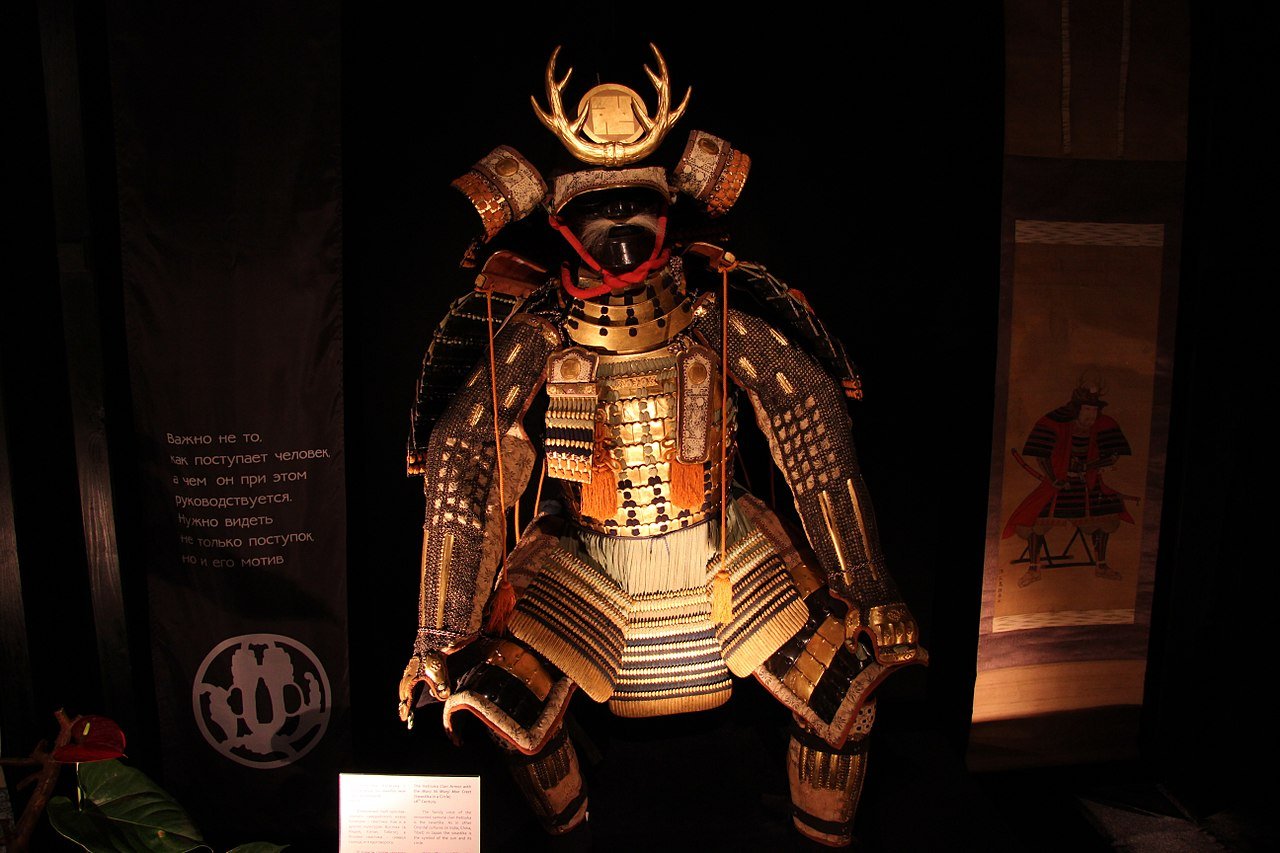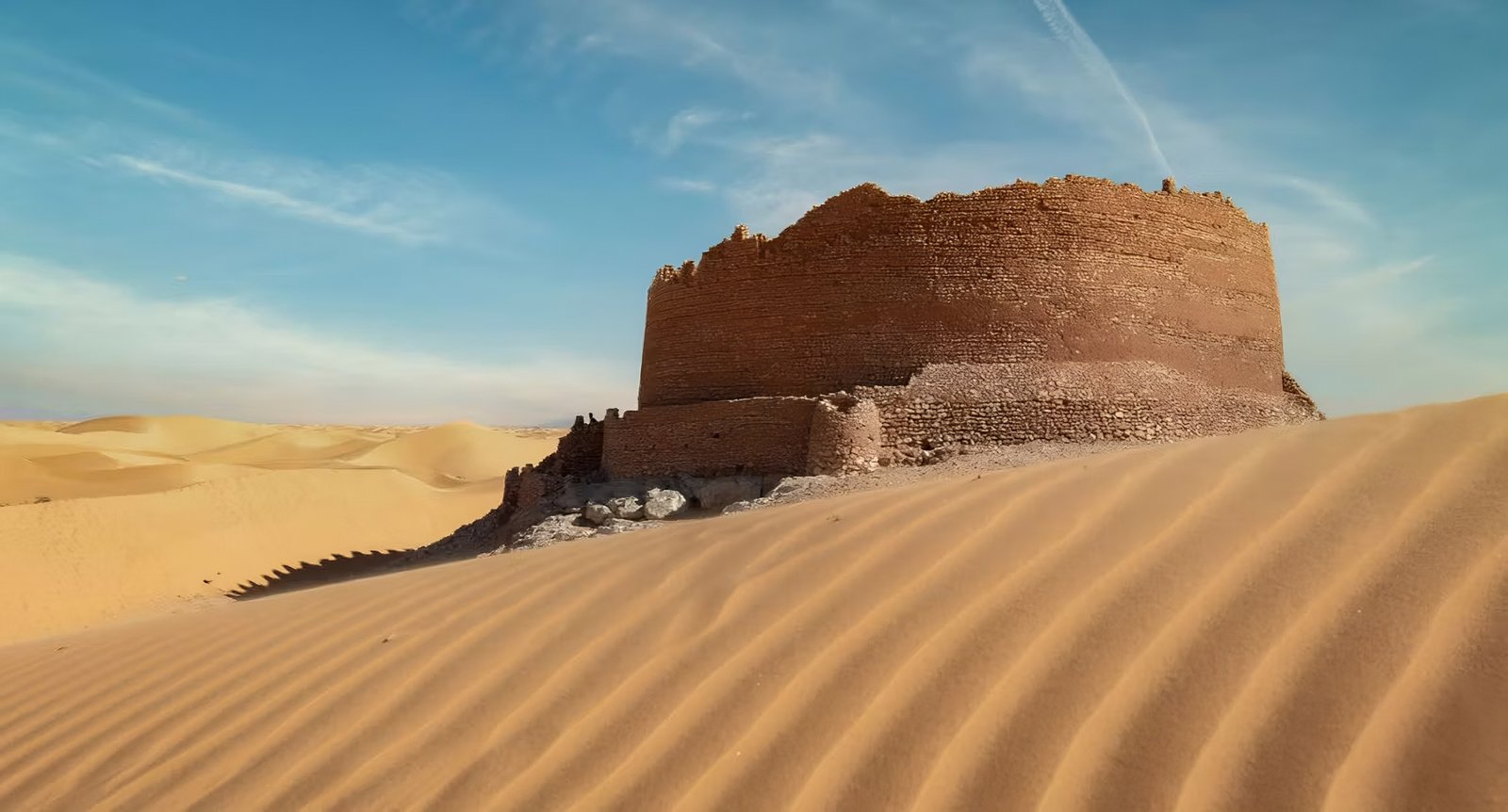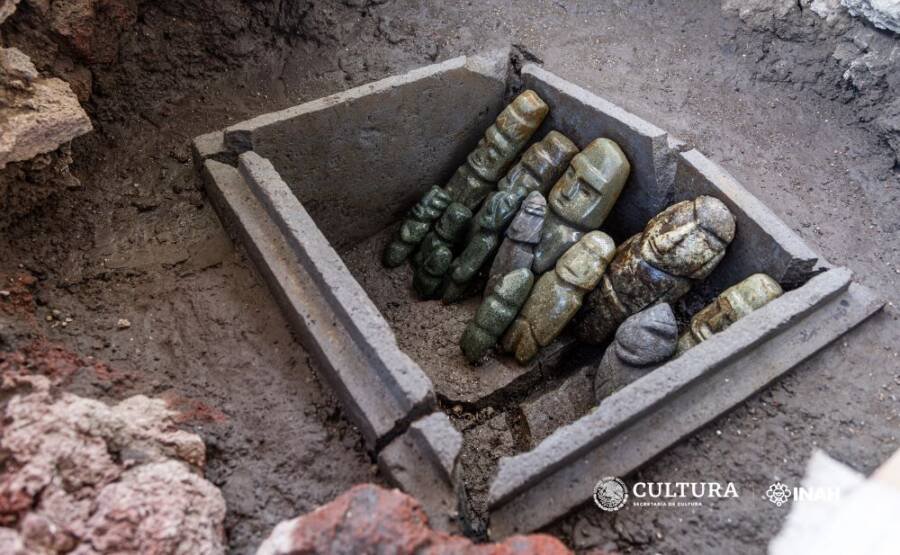Deep within the Jordanian desert, where rose-red sandstone cliffs rise like silent sentinels, lies Petra, a city carved from dreams and etched in time. Here, echoes of history mingle with the whisper of wind through canyons, beckoning travelers to embark on a journey beyond the ordinary.
A Local’s Lens:
Our guide, Abraham Mashaleh, a Petra native for 48 years, isn’t just a walking encyclopedia; his passion for this ancient wonder bleeds through his every word. As we navigate the Siq, a kilometer-long passage cloaked in the embrace of towering cliffs, he paints a vivid picture of the Nabataeans, the nomadic masters who crafted this city over 2,000 years ago.
Beyond the Treasury’s Glare:
While the iconic Treasury, immortalized in films like “Indiana Jones,” undoubtedly commands awe, Petra’s magic unfolds beyond its grand facade. Ascending the Siq, anticipation builds until the valley bursts open, revealing the Ad Deir Monastery, a monument that rivals the Treasury in both scale and history. Standing 30 meters tall and 43 meters wide, it served as a tomb for Nabataean King Areta IV and his son, a testament to their engineering genius and dedication to their rulers.
Secrets Whispered in Stone:
Petra is more than just breathtaking aesthetics; it’s a treasure trove of secrets waiting to be unraveled. Mashaleh points to the intricate network of rock-cut channels alongside the canyons, revealing the Nabataeans’ mastery of water management. Aqueducts snaked through the arid landscape, supplying life-giving water for irrigation and sustaining a city in the heart of the desert. This ingenious system, still utilized by local Bedouins, is a silent testament to the Nabataeans’ resilience and resourcefulness.
Crossroads of Cultures:
Petra’s strategic location, nestled between Arabia, Egypt, and the Mediterranean, transformed it into a vibrant trade hub. Incense from the Arabian Peninsula, silk from China, spices from India, and wine from Greece and Rome all flowed through this bustling city. The architectural tapestry of Petra reflects this exchange of cultures, blending Eastern traditions with Hellenistic styles in a harmonious symphony of stone.
Lovers of Beauty and Ingenuity:
The Nabataeans weren’t just masters of commerce and engineering; they were also aficionados of beauty and artistry. Archaeological relics whisper tales of their creative spirit. Elaborate gold, silver, and bronze jewelry, delicate perfumes bottled in ceramics, and textiles woven from goat and camel hair reveal their dedication to aesthetics. Even the vast grape cultivation and wine production speak volumes about their love for life and the land.
A City’s Legacy:
At its zenith, Petra was home to 30,000 inhabitants, a thriving metropolis boasting its own unique script, which later formed the foundation of the Arabic alphabet. But like all empires, its reign had an end. Earthquakes and Arab conquest in the 7th century marked the city’s decline, leaving its magnificent structures to slumber beneath the desert sands until their rediscovery in the 19th century.
A Journey Through Time:
Today, Petra beckons travelers from all corners of the globe, inviting them to step into a bygone era. From the Royal Tombs and the Roman-style theatre to the Petra Archaeological Museum, every corner whispers stories of a once-great civilization.
Abraham Mashaleh’s guidance isn’t just a tour; it’s a portal to a time when human ingenuity carved not just buildings, but a vibrant legacy into the very heart of the desert. As we stand atop the Monastery, bathed in the golden light of the setting sun, the wind carries the echoes of centuries past, reminding us that Petra is more than just a collection of ruins; it’s a testament to the enduring power of human spirit, creativity, and the timeless allure of beauty.
So, pack your sense of wonder and embark on your own adventure to Petra. Let the rose-red cliffs guide you, let the whispers of history captivate you, and let the magic of this ancient city leave an indelible mark on your soul.
Remember:
- Respect the cultural and religious significance of the site.
- Wear comfortable shoes for walking and climbing.
- Drink plenty of water, especially during the summer months.
- Hire a local guide like Abraham Mashaleh to fully immerse yourself in the stories of Petra.
Petra awaits, not just as a tourist destination, but as a timeless experience. Come, unravel its secrets, and discover the magic that lies within its rose-red embrace.







1 thought on “Unveiling Petra: From Siq’s Embrace to Monastery’s Majesty”
Wonderful beat I wish to apprentice while you amend your web site how could i subscribe for a blog web site The account aided me a acceptable deal I had been a little bit acquainted of this your broadcast provided bright clear idea